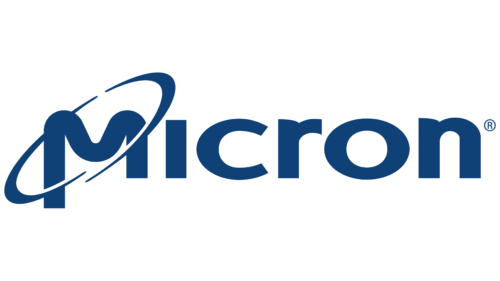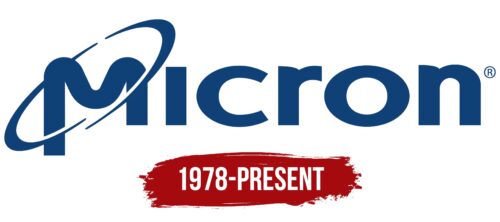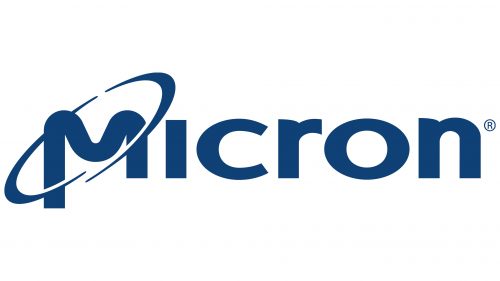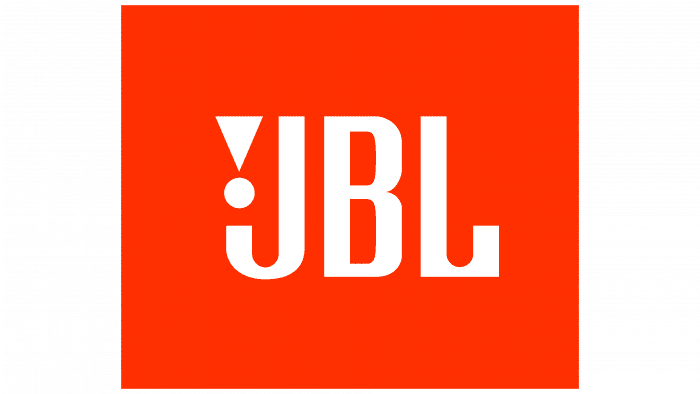Micron’s logo speaks of scale and development. The emblem discusses the tiniest particles of existence, the proper understanding of which leads to astonishing discoveries and offers limitless opportunities in information storage.
Micron: Brand overview
| Founded: | October 5, 1978 |
| Founder: | Ward Parkinson, Joe Parkinson, Dennis Wilson, Doug Pitman |
| Headquarters: | Boise, Idaho, U.S. |
| Website: | micron.com |
Initiated in 1978 by co-founders Ward Parkinson, Joe Parkinson, Dennis Wilson, and Doug Pitman, Micron initially functioned as a consultation service specializing in semiconductor design. Located in Boise, Idaho, the company transitioned into manufacturing when it developed its inaugural DRAM memory chip in 1981 and became a publicly traded entity a year later. By 1984, Micron had already achieved a technological milestone by rolling out the first-ever 256K DRAM chip, and a decade later, it earned a spot on the Fortune 500 list.
Through the late 20th and early 21st centuries, Micron executed a series of strategic acquisitions to broaden its memory and storage solutions product range. Notable takeovers included Texas Instruments’ memory unit in 1998, Lexar Media in 2006, and Numonyx in 2010. Additionally, 2006 saw Micron collaborate with Intel to establish IM Flash Technologies, focusing specifically on NAND flash memory fabrication.
Today, Micron is a global heavyweight in memory and storage production, boasting a diversified portfolio that spans DRAM, NAND flash memory, solid-state drives (SSDs), and USB flash drives. With manufacturing facilities scattered across the United States, Singapore, Taiwan, and Japan and business operations extending to over 20 countries, Micron reported a revenue of $30.8 billion in 2022.
Though the company faces stiff rivalry from other memory production giants like Samsung, SK Hynix, and Kioxia, it maintains a competitive edge through continuous innovation. Its leadership in technologies such as DDR5 DRAM and 232-layer 3D NAND flash reinforces its formidable standing in the industry.
Meaning and History
Micron started as a consulting company in 1978 and began producing its semiconductors only three years later. Both theoretically and practically, the company’s work involved the properties and potentials of materials for information storage. For this reason, the logo designed in 1978 remains with the company today. The emblem displays the scale and ambition of a company working to benefit the entire planet.
What is Micron?
An actively growing manufacturer of RAM and data storage devices. It ranks third globally in the production of RAM, with a market share of 23%. The headquarters of this giant is in Idaho. As of 2023, Micron Technology products are prohibited for critical infrastructure in China, which will likely decrease revenue and company standing.
1978 – today
The brand’s logo consists of the name. The main focus is a stylized ‘M,’ surrounded by an ellipse.
The name Micron is derived from a unit of length equal to one-thousandth of a millimeter. This choice indicates work with very small products capable of storing large volumes of information on tiny surfaces. The word resonates with concepts like microcircuit and microchip.
The capital ‘M’ is made of a curved line resembling a convolution. This design choice speaks of data storage means, drawing an analogy with the human brain. It also recalls the curve of a microchip.
The ellipse, consisting of two pointed arcs, resembles an orbit where satellites or electrons move. The composition recalls:
- An atomic model. The letter ‘M’ represents the nucleus, around which electrons move in various directions along orbitals. Given that the company initially specialized in semiconductor production, the atomic model is particularly relevant to the work direction. The semiconductor’s properties depend on the material’s atom structures and lattice features.
- A solar system. A planet called ‘M,’ around which satellites move, speaks of rapid development and technologies that will allow humanity to conquer space. This feature embodies the company’s mission of providing new opportunities for Earth’s inhabitants.
The logo discusses modern technologies connected with very small particles yet capable of changing the world.
Font and Colors
The deep blue color is associated with technology and manufacturing. It points to the world of computers, robots, machinery, and electronics used by Micron products. Blue is linked to order, visible in the work of semiconductors. The precise structure of crystal lattices, the positioning, and the movement of electrons follow the rules and laws of physics.
The font of the inscription is unique due to the transformation of the letter M. The rest of the word, with glyphs refined at the ends, resembles Merkin.
Micron color codes
| Dark Cerulean | Hex color: | #0f4076 |
|---|---|---|
| RGB: | 15 64 118 | |
| CMYK: | 87 46 0 54 | |
| Pantone: | PMS 541 C |





